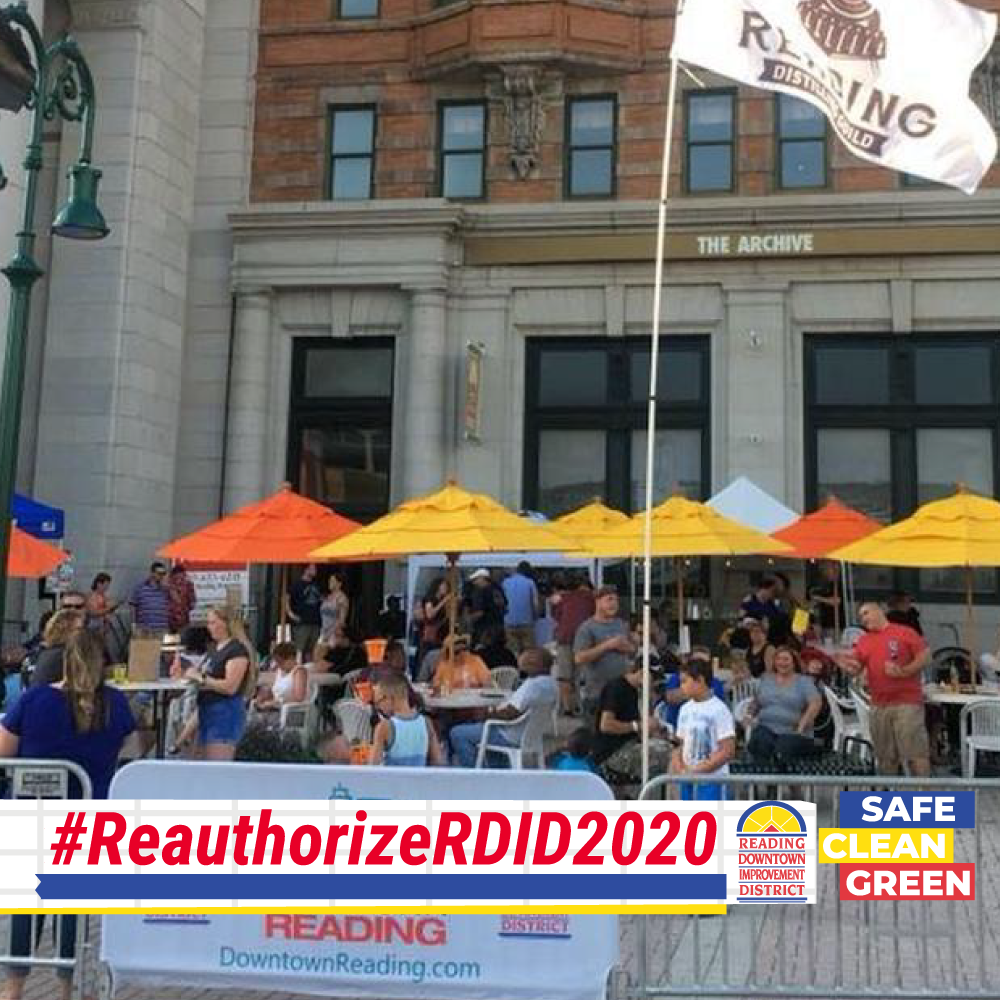
For a quarter-century, the Downtown Improvement District (DID) in Reading, PA, managed the city’s declining urban core.
The DID’s ambassadors picked up trash, and the organization hosted summer concerts, a holiday parade, and other events.
However, Reading never experienced a true downtown renaissance, and questions about the DID’s effectiveness festered. Those doubts came to a head in recent months.
Ultimately, the Reading City Council decided to disband the organization. It’s a decision that was both lamentable and preventable, according to one consultant who worked with the city in the months before the decision.
Reading had hired Progressive Urban Management Associates (PUMA) to propose a turnaround plan for the DID. However, rather than implementing its suggestions, Reading’s elected officials decided to pull the plug on the DID.
The saga of Reading’s DID underscores some best practices that all downtown leaders can — and should — embrace, says PUMA President Brad Segal.
His list starts with clear communication.
“It’s so important for the DID to communicate effectively with its core constituencies, both business owners and political leaders,” Segal says.
Reading’s DID simply didn’t adequately share the story of its challenges and its successes, Segal says.
Some downtown property owners resented the tax assessment they paid to fund the DID, a theme that emerged during public debate about the organization’s fate.
Segal sees a missed opportunity: The DID collected only a modest assessment. As Reading properties lost value over the decades, the property tax rate didn’t go up, leaving the DID undercapitalized.
“They had lost 20 to 30 percent purchasing power over the years, so of course their services had decreased,” Segal says. “The fact of the matter is the tax burden had decreased over 20 years.”
To save the DID, the organization needed to deliver that message frequently and persuasively.
More on the demise of the Reading DID, creating a bike-friendly vibe, and managing parking rates, appears in the June issue of Downtown Idea Exchange. Click to learn more about Downtown Idea Exchange and other resources for revitalizing downtowns and commercial corridors.
